Everything you wear matters, but few things matter as much as your shoes. If a shirt or pair of pants fit a little tight or loose, it may be uncomfortable, but that’s it. Even though the fit here influences your style, it’s not like it seriously impacts your health.
Shoes are different. Poorly fitted shoes don’t just cause a little discomfort, like squeezing into an old, too-tight article of clothing. Too loose, and your shoes will slip off and make mobility frustrating. Too tight, and you expose your feet to corns, bunions, toe deformities, and even nerve damage.
All of this is to say that wearing the right shoe size really, really matters. Many people don’t actually wear the right shoe size, settling for “good enough” rather than “just right.” Kizik will showcase how to measure shoe size and show you how to get the most comfortable footwear for yourself.
What happens if you wear the wrong shoe?
Wearing the wrong size of shoe is, unfortunately, very easy to do. If you have larger feet, the availability of properly fitting footwear makes selections somewhat limited. The most insidious thing about ill-fitting shoes is this: The worst foot problems only show themselves in the long term.
It starts with a bit of foot pain at the end of the day. That pain turns into blisters and calluses that linger and become more serious foot problems.
Needless to say, that’s bad, and it makes finding the right shoe size all the more important. You shouldn’t feel relieved to kick your shoes at the end of the day. Your shoes should be comfortable enough that putting them on in the morning helps kick-start your day.
Next, we’ll get into actually finding your actual shoe size.
Tip: How to measure your shoe size
Finding the perfect fit is impossible to do without the right measuring system. This is made more difficult by the fact that the unit used to measure them is exclusively used for shoes. We have a 13th-century monarch, King Edward II of England, to thank (or blame) for this.
He decreed that the length of three barleycorn would make up an inch. He further declared that a length of one barleycorn would constitute a new shoe size. The “zero point” for shoe sizes was chosen based on convenience. In US sizes, a size 12 shoe is 12 inches, whereas, in the UK, 12 inches means a size 11.
In order to self-measure your feet, it’s essential to know how this measuring system works. All you’ll need is a piece of paper and a pen or pencil.
Take your shoes and socks off, and place your foot on the paper. Your paper and foot should be on a hard surface.
Trace the outline of your foot, then bring a ruler or tape measure up to it. Measure your foot to the closest one-sixth, rounding it up, then compare it to a shoe size chart. This may be the simplest way to get an accurate measurement.
A shoe store is another way to find your size, as most are equipped with Brannock devices. These were designed by shoe salesperson Charles Brannock in 1933 to solve issues with poorly fitting footwear. This scale offers easy adjustment for half-sizes and different widths.
A Brannock device can predict if the shoe fits, but it requires you to go out to a shoe store. One could buy a Brannock device online, but private users might not get as much use from it as stores.
Trick: Measure your foot late in the day
Your foot measurement isn’t always the same. This is especially the case for kids’ shoes, where many companies put special care into comfort to protect growing feet. However, even as an adult, your feet can change.
This difference in size isn’t something that happens over the years as your feet grow. Your foot size changes in response to gravity, like the rest of your body.
At the end of the day, our bodies get shorter, and our feet get wider as they splay. If your shoes feel too tight in the morning when you put them on, the problem will only get worse throughout the day.
Whether you make an outline of your foot or go to a shoe store, do it in the evening. The length of your foot will change, but this way, you can ensure you’ll always have ample space.
Tip: Give yourself plenty of space (but not too much)
Speaking of ample space, it’s critical for your shoes to both fit well and have enough space. Both shoe width and length are important since no two feet are the same.
A spacious toe box is crucial in all footwear, from walking shoes to dress shoes. The end of the shoe has to contend with the widest point of your foot. The transverse arch runs horizontally along the point where the bones of your toes begin. They are a prime target for joint damage if your shoe width or length doesn’t equal your foot width.
If your longest toe or big toe don’t quite fit, it can cause major issues. The tip of your longest toe may have its alignment permanently damaged from being forced into tight positions.
You should be able to instinctively feel whether you have enough room in your shoe. The desire to balance comfort and performance with extensive style informs Kizik shoes, especially our Men’s Athens. A roomy toe box and extra cushioning make it a shoe designed to take care of its wearer.
Is having too much space in a shoe a problem? Sure, if your feet slip out or you keep hitting your toe, it may be a sign your footwear needs changing.
Tip: Different styles may fit differently
There is a uniform system for sizing shoes. However, this doesn’t mean that all “same size” shoes are actually the same. With all the different brands and types of shoes, it’s no surprise there is variance. How does one compare the way a pair of active shoes fits compared to heels or dress shoes?
One doesn’t, not really, at least. Many shoe brands offer review options to comment on how shoes fit. Look at those and whether people say footwear runs narrow or wide. This can be a way to improve your understanding of the way the shoes fit when you can’t try them on in-store.
Tip: Shoes don’t actually “stretch” that much
It’s a common justification for wearing new shoes that are uncomfortable: “I only need to break them in, and they’ll fit better.” It’s a little lie, but it’s a lie.
No matter how much you wear shoes, they’ll never stretch that much to match the size of your feet. If it were easy to stretch out shoes, they wouldn’t last that long. If they do stretch significantly, then it’s because they were too small, to begin with.
If you feel any discomfort, change sizes. Your footwear should elevate and offer comfort.
Tip: What to look for aside from size?
Shoe size is just one of many factors that contribute to phenomenally comfortable footwear. You should also try footwear that feels good beyond simply fitting. Cushioning and comfortable insoles both contribute to the long-term comfort of a shoe.
The way a shoe is laced also impacts the way it fits. Laces help keep loose shoes on your feet, but the only reason to tie them in tight shoes is to keep you from tripping.
Are laces necessary? Nope, and that’s why Kizik shoes don’t have them. Without laces, your shoes can slide on as needed, totally hands-free, and stay on, thanks to a perfect fit.
What to do with the right shoe
Once you have properly fitting shoes, there’s nothing left to do but to go out and wear them yourself. Whether active or sedentary, you can be confident that you are doing the best you can for your feet.
Footwear that feels and looks great is imperative for better health for people of all ages. For more extensive footwear information, explore other articles by Kizik. Or, better yet, find your next ideal pair of shoes today. Explore laceless options for footwear built with ease and accessibility in mind.
Sources:
Tight Shoes and Foot Problems I AAOS
Units, Schmunits: What Do You Care? I MIT
Charles F. Brannock | Lemelson Center for the Study of Invention and Innovation


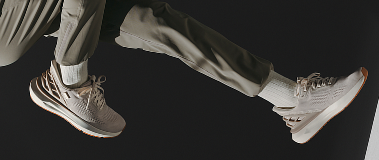


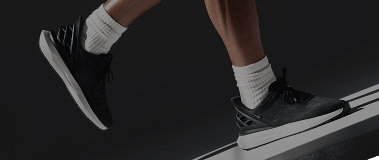
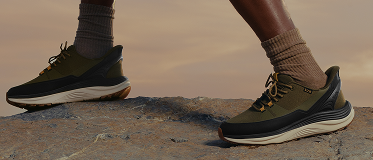
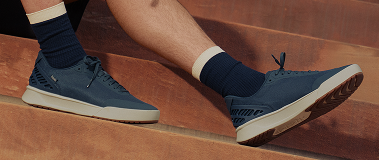
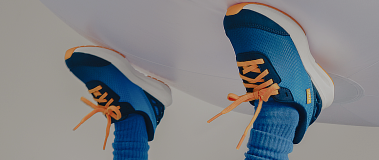
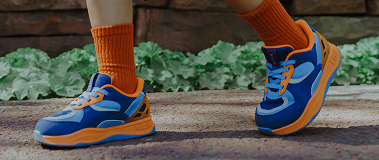
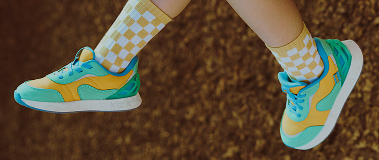

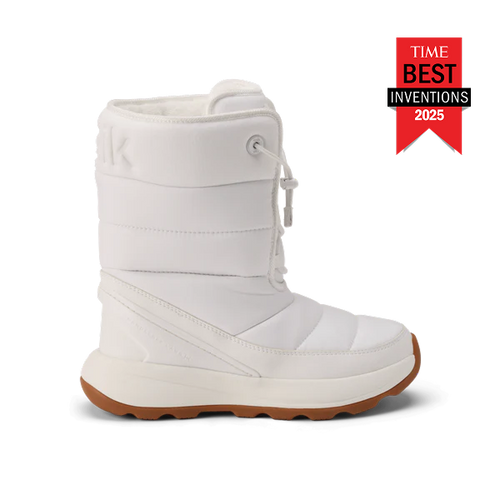


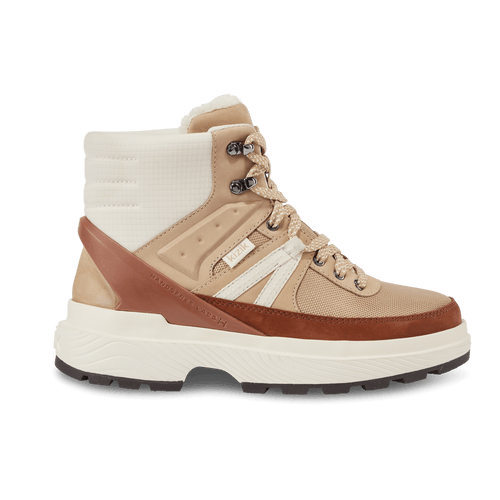
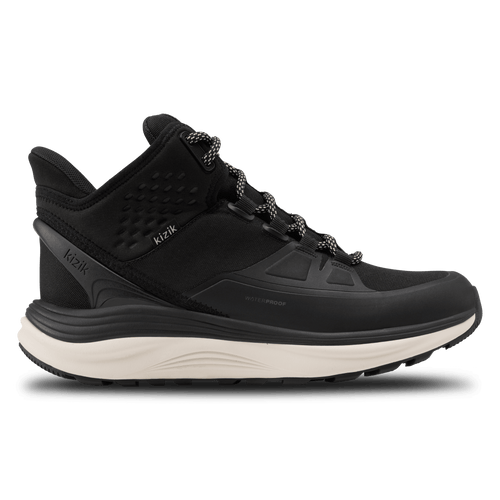








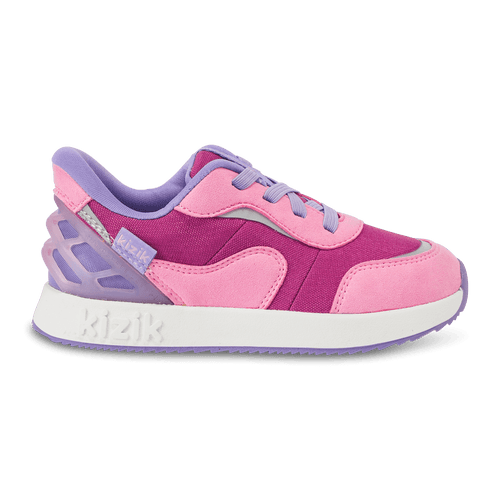



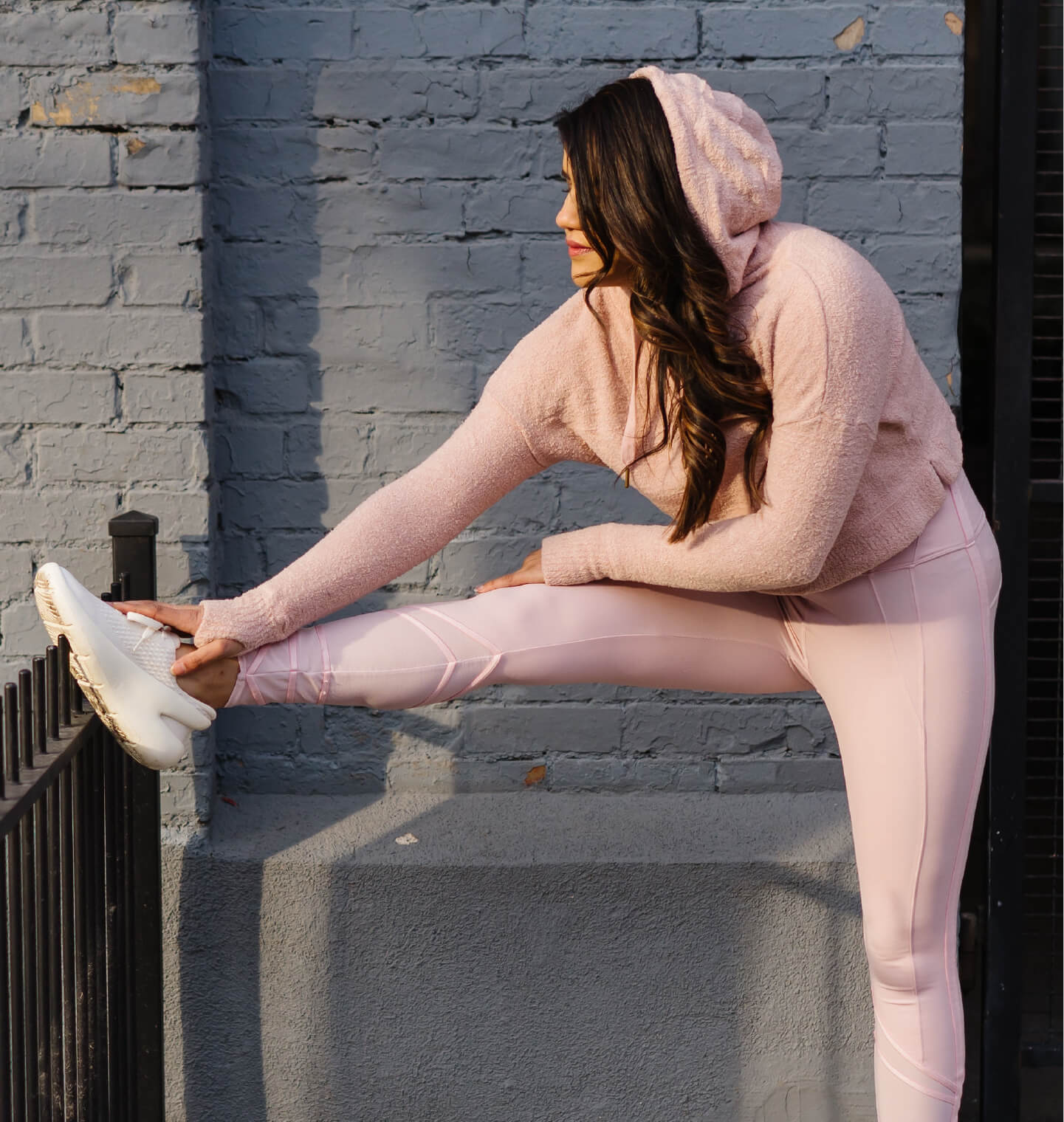
Leave a comment
This site is protected by hCaptcha and the hCaptcha Privacy Policy and Terms of Service apply.